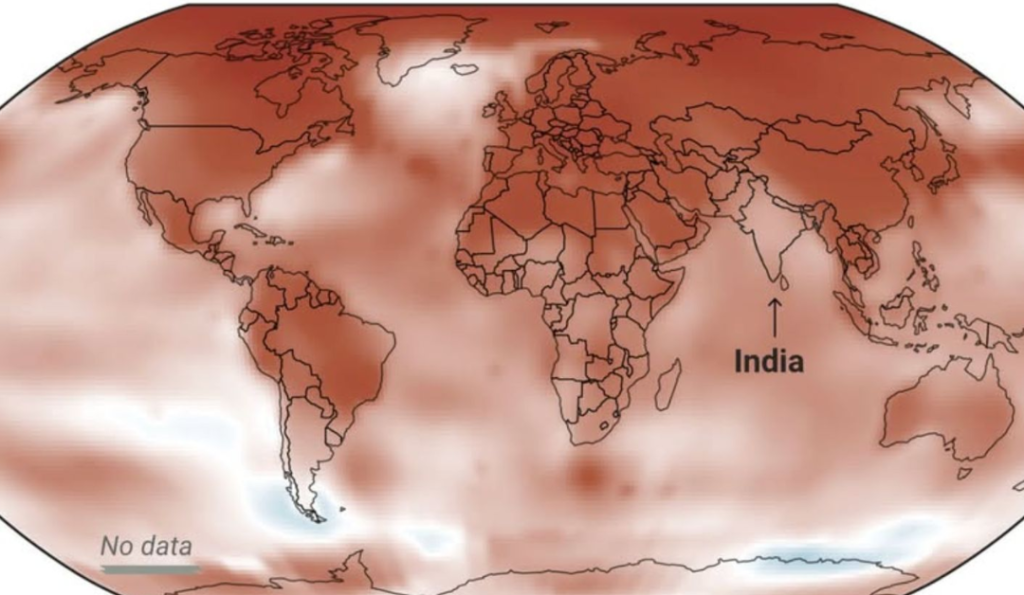India to Commission World’s Longest LPG Pipeline by June 2025

A Landmark Project to Transform the Nation’s Fuel Supply Chain
India is on the verge of a major infrastructure milestone with the impending completion of the world’s longest Liquefied Petroleum Gas (LPG) pipeline. This ambitious project, spanning an impressive 2,800 kilometers from Kandla in Gujarat to Gorakhpur in Uttar Pradesh, is set to revolutionize the transportation and distribution of LPG across the country. Scheduled for full commissioning by June 2025, the pipeline is expected to significantly enhance energy security, improve safety, and reduce transportation costs.
The $1.3 billion project is being executed by a joint venture known as IHB Limited, a collaboration between three leading state-run oil companies: Indian Oil Corporation (IOC), Bharat Petroleum Corporation Limited (BPCL), and Hindustan Petroleum Corporation Limited (HPCL). The venture aims to create a seamless and efficient LPG distribution network, replacing the traditional road tanker transport system, which has been fraught with safety risks and logistical challenges.
Revolutionizing LPG Transportation: A Safe and Efficient Alternative
Currently, a significant portion of LPG in India is transported via road tankers, which travel long distances from refineries to bottling plants. This method is not only costly but also poses substantial risks due to road accidents, spillage, and delays caused by traffic congestion. Over the years, several tragic accidents involving LPG tankers have underscored the dangers of road transportation.
The new pipeline is expected to address these challenges by providing a more secure and efficient alternative. Designed to function like a “conveyor belt” for LPG, it will ensure a continuous and uninterrupted supply of fuel, eliminating the risks associated with road transportation. By shifting to pipeline-based transport, the project aims to reduce human casualties, environmental hazards, and logistical inefficiencies, ultimately making LPG distribution safer and more reliable.
Addressing India’s Rising LPG Demand
India has witnessed an extraordinary rise in LPG consumption over the past decade, primarily driven by the government’s push to promote clean cooking fuel. With aggressive subsidy programs encouraging households to switch from traditional biomass fuels like firewood and coal to LPG, demand has surged by 80%, reaching 29.6 million tons in the fiscal year ending March 2024. This increase in demand has outpaced the growth of overall refined fuel consumption in the country.
The Kandla-Gorakhpur LPG pipeline is designed to transport approximately 8.3 million tons of LPG annually, which accounts for nearly 25% of India’s total consumption. This capacity expansion is expected to streamline supply chains, ensuring a steady and cost-effective distribution of LPG to meet the growing needs of consumers, particularly in northern and central India.
Strategic Route and Infrastructure Expansion
The pipeline’s route has been strategically planned to optimize the distribution of LPG from key import terminals and refineries to bottling plants across several states. Originating from Kandla, a major port in Gujarat, the pipeline passes through Madhya Pradesh before reaching Gorakhpur in Uttar Pradesh. This corridor has been selected to enhance connectivity between coastal LPG sources and inland consumption hubs, improving supply efficiency across the region.
The project, however, has not been without challenges. Delays caused by the COVID-19 pandemic, land acquisition issues, and global supply chain disruptions initially slowed progress. Despite these hurdles, construction has continued at a steady pace, and authorities remain confident that the first phase of the pipeline will be commissioned by March 2025, with full-scale operations beginning by mid-year.
Economic and Environmental Benefits of the Pipeline
Beyond enhancing safety and efficiency, the pipeline is poised to deliver significant economic and environmental advantages. By reducing reliance on road tankers, the project will lead to substantial cost savings in fuel transportation. Additionally, the shift to a pipeline-based system will lower carbon emissions, contributing to India’s commitment to environmental sustainability and cleaner energy practices.
The reduction in road-based transportation will also ease traffic congestion on highways, minimize road wear and tear, and decrease dependence on fossil fuels for truck transport. This aligns with India’s broader vision of reducing its carbon footprint while enhancing energy security.
A Game-Changer for India’s Energy Sector
The commissioning of the Kandla-Gorakhpur LPG pipeline represents a historic leap in India’s energy infrastructure. As one of the most extensive fuel transportation networks in the world, it is set to become a model for future energy distribution projects.
By offering a safer, more efficient, and environmentally friendly method of transporting LPG, the pipeline marks a significant step forward in India’s journey towards sustainable and secure energy supply chains. With its completion in sight, this project stands as a testament to India’s commitment to modernization, safety, and economic growth in the energy sector.






No Responses